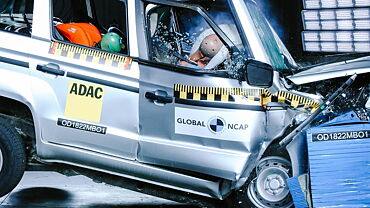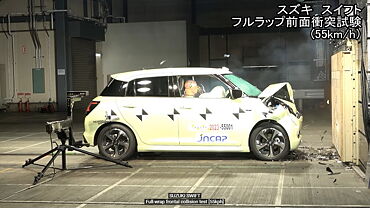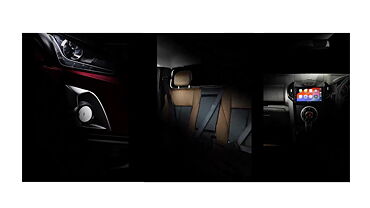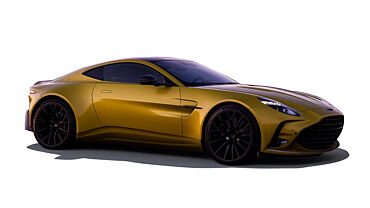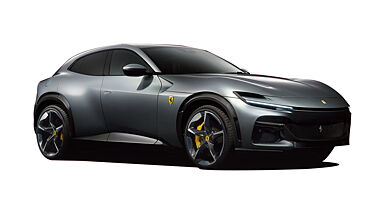Fuel injection systems have come into play in last two decades. Before that, the air or fuel mixture was taken care by the carburetors. The device worked ok but wasn’t that efficient. One of the biggest flaws was that the carburetors failed to supply enough air/fuel mixture to the cylinders that were located on far end from them. This paved the path for fuel injection systems that not only increased the efficiency of power mills but also allowed them to crank out better power figures than others. Secondly, fuel injection systems are much more economical as compared to their predecessors.
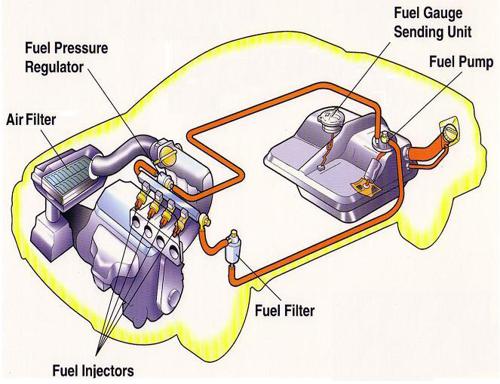
Since then, various types of fuel injection systems have been in play. Initially, the engines were equipped with the throttle body fuel injection systems that came with electronically controlled fuel-injector valves in the throttle bodies. These were then slowly replaced by multi-port fuel injection systems. These systems were incorporated with fuel injectors that sprayed right amount of fuel/air mixture in each intake valve. These were more accurate and swift as compared to carburetors.
Moving over to how exactly does a fuel injection system works? Well, the gas pedal or accelerator in your is directly connected with the throttle valve, a valve that controls the air intake of engine. When you press the gas pedal, your car’s throttle valve opens up a little more to allow more air to enter the power mill. The engine control unit notes the opening of throttle valve and enhances the fuel supply to the engine in order to compensate the amount of air entering it. The fuel rate supply needs to be in sync with air supply for proper functioning of engine. Cars are provided with sensors that keep a check over the amount of air entering the system and oxygen leaving the exhaust pipe.
The types of fuel injection systems vary according to types of power mills which includes diesel, petrol, and electronic motors. The fuel injection system in diesel engines is always direct which means the diesel is directly injected inside the cylinder along with compressed air. In the petrol engines, however, the system is reverse where indirect injection of fuel takes place. This is done to ensure completing mixing of air with fuel before it enters the chamber. Apart from fuel injection systems, the types of fuel injectors also vary in cars in India and around the world. There are mainly two types of fuel injectors, the spring loaded and electromagnetic. The spring loaded ones stand in closed position and can only be opened via fuel pressure. The electromagnetic ones, on the other hand, open only through electromagnetism. In the later, it is electronic control unit (ECU) is the one that determines the period for which injector would stay open.



